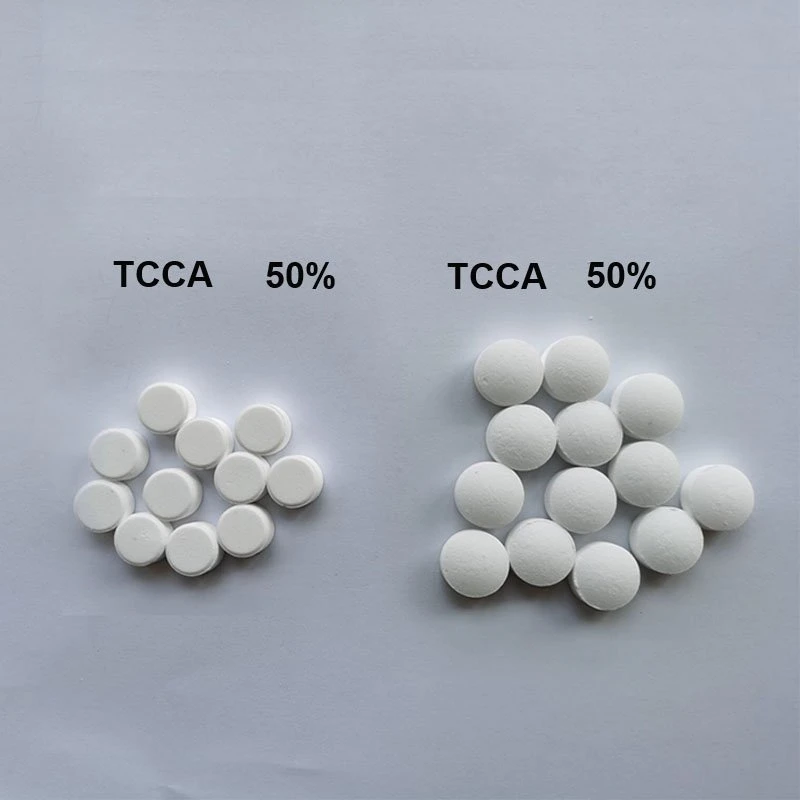



sodium chlorite solution msds
Understanding Sodium Chlorite Solution and Its MSDS
Sodium chlorite (NaClO2) is an inorganic chemical compound prominently used for various industrial applications, including water treatment, paper bleaching, and as a disinfectant. When working with sodium chlorite solutions, it is crucial to understand the associated safety protocols and handling guidelines, which can be found in its Material Safety Data Sheet (MSDS).
Chemical Properties
Sodium chlorite is a yellowish-green solid that is usually provided in the form of an aqueous solution. The concentration of sodium chlorite in these solutions can vary significantly, but typical concentrations range from 5% to 30%. It is a strong oxidizing agent, and therefore, it must be handled with caution.
Health Hazards
The MSDS for sodium chlorite solution provides essential information regarding its health hazards. Exposure to sodium chlorite can cause irritation to the eyes, skin, and respiratory tract. Inhalation of its fumes can lead to respiratory distress, and ingestion can cause nausea, vomiting, and abdominal pain. While sodium chlorite is not classified as a carcinogen, it can still pose significant health risks, necessitating stringent safety measures when handling.
Safe Handling and Storage
When working with sodium chlorite solution, it is imperative to follow specific safety guidelines outlined in the MSDS
. Here are a few key recommendations1. Personal Protective Equipment (PPE) Always wear appropriate PPE, including gloves, goggles, and respiratory protection, to minimize exposure. Chemical-resistant clothing is also advised, particularly when handling concentrated solutions.
sodium chlorite solution msds

2. Ventilation Ensure that the work area is well-ventilated to prevent the buildup of potentially harmful vapors. If working in confined spaces, consider using mechanical ventilation systems.
3. Storage Conditions Sodium chlorite should be stored in a cool, dry, and well-ventilated area away from incompatible substances, especially acids, and reducing agents, which can lead to hazardous reactions. Containers should be tightly closed and labeled appropriately.
Environmental Impact
The potential environmental hazards of sodium chlorite are also listed in its MSDS. If released into the environment, sodium chlorite can contaminate water sources, leading to adverse effects on aquatic life. Therefore, it is crucial to contain any spills and dispose of waste materials in accordance with local regulations.
Emergency Measures
The MSDS also outlines emergency procedures in case of exposure or accidents. In the event of skin contact, the affected area should be rinsed with plenty of water, and contaminated clothing should be removed. If sodium chlorite gets into the eyes, it is imperative to flush them with water for at least 15 minutes and seek medical attention immediately. In the case of inhalation, the individual should be moved to fresh air right away, and medical help should be sought if symptoms persist.
Conclusion
Sodium chlorite solution is a versatile compound used in various industries, but it requires careful handling due to its potential health hazards and environmental risks. The MSDS serves as a crucial resource, providing comprehensive information on safe practices, emergency procedures, and potential risks associated with sodium chlorite. By adhering to the guidelines outlined in the MSDS and adopting appropriate safety measures, workers can minimize their exposure to this powerful oxidizing agent and prevent accidents in the workplace. Always remember that safety comes first when dealing with any chemical substances, making it essential to prioritize training and awareness.
-
Why Sodium Persulfate Is Everywhere NowNewsJul.07,2025
-
Why Polyacrylamide Is in High DemandNewsJul.07,2025
-
Understanding Paint Chemicals and Their ApplicationsNewsJul.07,2025
-
Smart Use Of Mining ChemicalsNewsJul.07,2025
-
Practical Uses of Potassium MonopersulfateNewsJul.07,2025
-
Agrochemicals In Real FarmingNewsJul.07,2025
-
Sodium Chlorite Hot UsesNewsJul.01,2025










